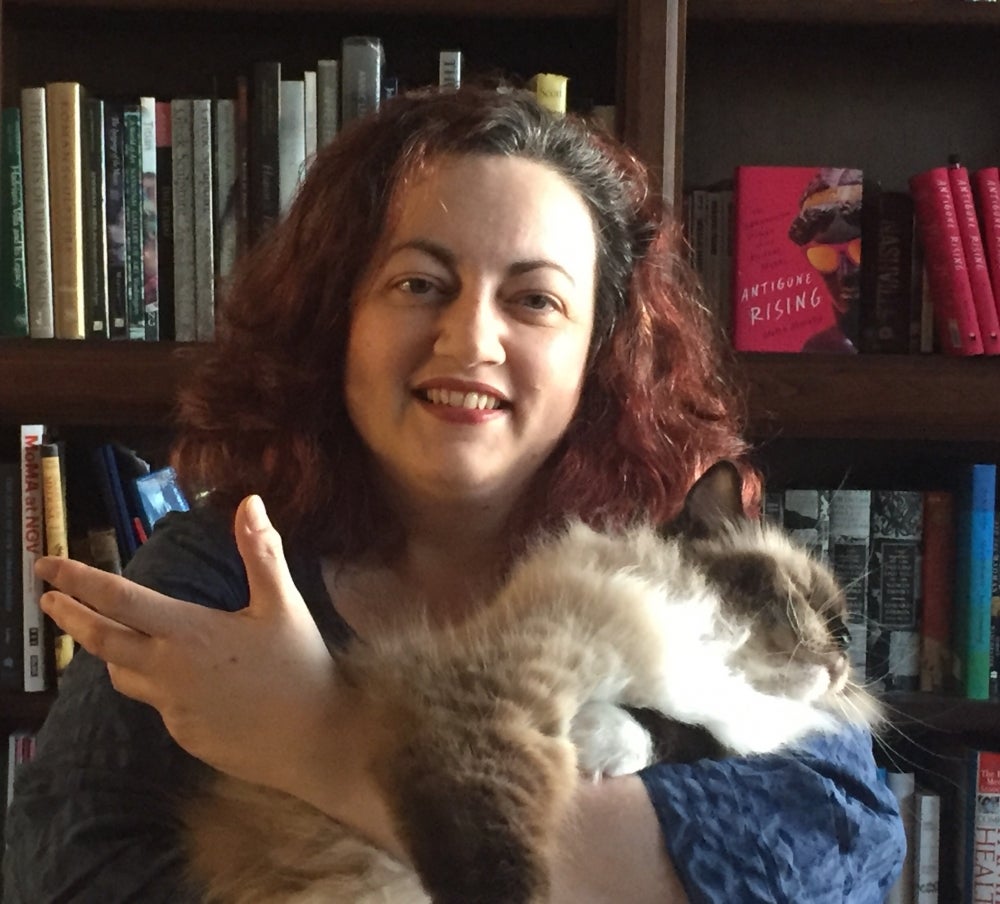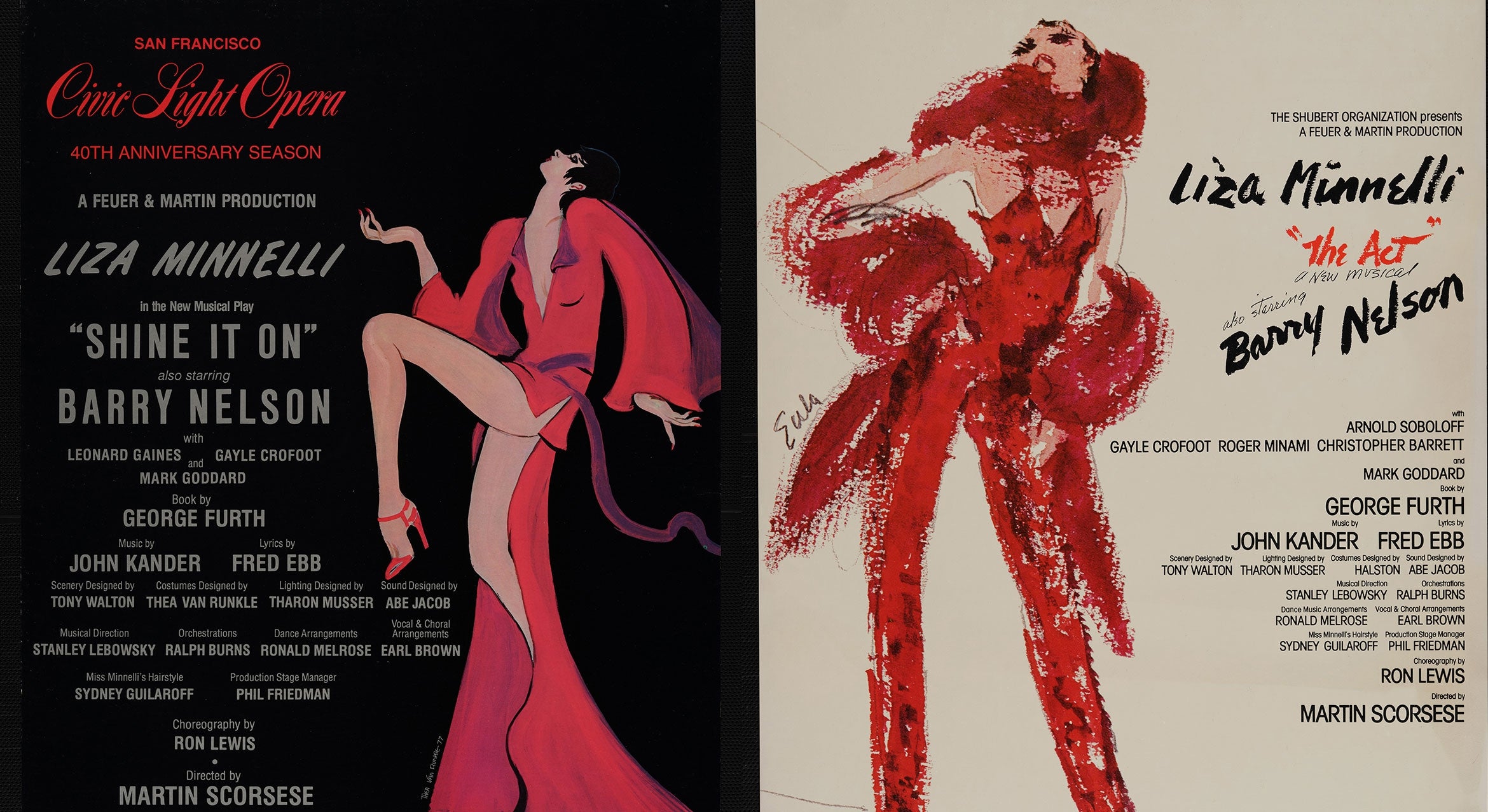Brave New Online World
When anthropology professor Jeffrey Hoelle wants to underscore how exciting and confusing human interaction with the natural world can be, he turns to Zormek. That’s the alternate alien persona he created, who sends dispatches to students via GauchoSpace videos about his first impressions of the curious ways that earthlings relate to their environment.
Like Hoelle, professors across the disciplines at UC Santa Barbara are experimenting with innovative, ingenious and sometimes playful teaching methods as they try to keep students engaged despite geographical distance.
Hoelle confesses that he does not normally use characters in his lectures, but shelter-in-place orders have forced him to get creative with his environmental anthropology class of 150 students, now tuning into lectures online. “Zormek didn’t exist until maybe six weeks ago,” he said. “He wants to understand nature and provides an outsider’s way to think about how we relate to the planet, but also to reflect on what it is to be human.”
A big part of Hoelle’s class involved sending students on exploratory excursions around the UC Santa Barbara campus to discover the hidden natural world and cultural landscape around them, and he needed a way to replicate that experience. “The challenge of this quarter is how to recreate that sense of discovery wherever students may be,” he said. “Zormek is helping open that up. He seeks to understand how humans think about their environment based on things he observes, from the buzz of the weed-whacker to the smell of barbecue. Students try to help Zormek understand these things.”
Helen Morales, the classics department’s Argyropoulos Professor of Hellenic Studies, has taken to including her cats in the recorded lectures she presents to her class of more than 700 Greek mythology students. “I’ve got very little space at home, and the cats get in the way, so I thought I would make a virtue of it rather than trying to shoo them out of the way,” she explained.
“They came into their own when we were doing a very basic introduction to the Greek gods and goddesses with their various attributes,” Morales said. “I would get them to hold different items.” She notes that students have enjoyed seeing her feline teaching assistants, even if their dramatic skills are, in her opinion, lacking. “They’re not very brilliant actors,” Morales said, laughing. “It was just to make it memorable, and it’s a recognition that things aren’t normal, but they can be fun.”
The Professional is Personal
Many professors find their roles as instructors overlapping with their personal lives, and some are embracing it. “It’s always a fine line between how much you should reveal personally as a professor, but I’ve decided to share a little more this quarter,” said Kathy Foltz, a professor of molecular, cellular and developmental biology who is teaching multiple classes this quarter.
To that end, she has set up online forums where her students can share tips for remote learning, and she has been contributing, too. “I posted, for example, an article from the New York Times about the difficulty in focusing when you’re under stress,” Foltz said. “They had tips for how to deal with that. I posted the link and talked about how I was having trouble focusing sometimes.”
Hoelle even introduced two tiny companions for Zormek — his children, in homemade alien costumes. “I really didn’t have a choice,” he said about the decision to include them. “They won’t let me do it without them.”
Adapting to the Internet Age
In addition to the challenges of balancing home and work life, many instructors have altered the way they present course material, choosing to post short videos and encourage small group projects instead of more traditional teaching and assessment methods.
“My big concern is engagement,” said Chris Evelyn, a lecturer in the Department of Ecology, Evolution and Marine Biology who is teaching more than 100 students about the principles of evolution. “We put a big onus on participation. Students still have two lectures a week, but the discussion sections are now mandatory. Fifteen percent of their grade is participation. A big chunk of their grade is group projects.” Evelyn used to grade primarily on one midterm and one final, but has shifted the focus of his class to be on students working together to understand concepts and answer questions, and then evaluating their own work and that of their peers.
Foltz has been especially aware of keeping her lectures succinct and building in breaks. “What I’ve done in a more mindful way, when I’m making my lecture recordings, is chunk them up into smaller pieces,” she said “I take every five to six slides and then have a place where I tell them to pause and think about a question.” Similarly, Morales says she never records any lecture longer than 20 minutes, and has given students the option of using TikTok videos and Instagram challenges to demonstrate their grasp of the material.
The Home Laboratory
The constraints of online teaching are perhaps no more acutely felt than in the sciences and fine arts, where experiential learning and hands-on collaborative work are a hallmark of the educational experience. Instructors in both areas have been pleasantly surprised to discover some of the possibilities of online learning.
The Department of Chemistry and Biochemistry, for example, has shifted its lab series, which enrolls more than 1,300 students each quarter, to be taught almost entirely via edited videos. Instead of conducting the experiments themselves, students watch teaching assistants perform them and are provided with data files in order to analyze and write up results, including their observations.
Petra Van Koppen, a teaching professor who oversees the series, says she has been pleased by how students are responding to the change. The introduction of pre-lab lecture videos, which explain the techniques, equipment and concepts behind each experiment, has been particularly successful.
“Students tell me that with in-person instruction in the lab, they would hear a quick lecture before the experiment but they had no time to respond,” she said. “Now they are taking notes, they can rewatch videos, and it helps them in writing their discussion because they really understand it now. As a result, their questions during office hours are much more meaningful.”
Van Koppen has also found that shifting to online quizzes has saved a lot of paper, and says she may keep some online and pre-recorded content as part of her curriculum when in-person instruction resumes. “It’s working for the students, and I think we have to require this next year, even if we are back in the classroom,” she said.
… and Stage
In the performing arts, remote education has been challenging because of the physical, movement-based nature of acting and dancing. But there have been some silver linings.
Irwin Appel, chair of the Department of Theater and Dance, who is teaching two BFA acting classes, says he sees some potential in being at the forefront of a new digital medium. “We are, like it or not, part of a new medium of theater and dance that is a hybrid between live performance and broadcast media,” he said. “With every class, workshop and performance we put on, we are discovering more about this new medium technically and artistically. Because we are a research university, I take seriously the notion that we can be on the cutting edge of this.”
For his own classes, he has been sensitive to the fact that some students may not be in a comfortable space where they can perform freely, and so has shifted the focus to textual and language analysis. “I know we are sacrificing physical expression and freedom as well as risk-taking in the studio,” he said. “We’re replacing it with more and more about how you can look at the language and break down the meaning and the verse. You can build these skills more quietly if necessary.”
Appel also says the challenges of online performance have made him think more about accessibility, and about the exciting opportunity to include different audiences. “With our midterm and final presentations being online, it’s a wonderful way for students to invite their families and friends from all over to share in their work in ways they never could before. I think this might be a way for parents to take a lot of pride in the work their students are doing, and for students to communicate why this work is so important to them,” he said.
Leaning on Experience
No matter the subject, many professors are relying on their backgrounds and past experiences to make online teaching a little less intimidating.
Evelyn, for example, says he has been using some skills he acquired in a former career. “My background was teaching outdoor education, team building and high ropes facilitation. I think I felt fairly confident in giving a new class structure a shot because of those experiences, “ he said. “Your role in that job is to let people safely struggle or even fail and then process it, so I have encouraged my students from the beginning to do that with each other.”
Appel has been reflecting on his awareness of the tenacious nature of artists throughout history. “Artists are resilient. Artists know what it is to struggle,” he said. “Artists know how to make beautiful things in difficult circumstances. In our department, we are trying to put our focus on making beautiful things and continuing to reach out and connect with other human beings.”
Hoelle, who says he may keep Zormek around in some form when classes resume in-person, has been surprised to find that getting out of his routine and trying something creative in his teaching has been somewhat revitalizing. “I’m excited about this,” he said. “It forced me to mix things up and get out of my comfort zone in a way I hadn’t before.”
Gauchos Together
Professors across campus say they have been especially comforted by the spirit of solidarity they see in their students and colleagues. Though they miss connecting in person and are anxious to get back into the classroom, they are pleased to be part of a supportive community online.
Many credit helpful staff at the campus’s Center for Innovative Teaching, Research, and Learning (CITRAL) and Instructional Development for providing them with the tips and tools they needed to adapt their courses. “I recognized early on that I was not going to do this well unless I sought help,” said Morales.
They also give a lot of credit to their students for remaining flexible and for sticking with them. “The thing I told the students is that we are in this together,” Evelyn said. “It’s new for all of us. We’ve just got to keep helping each other.”
Appel agrees. “I’m proud to be at UCSB,” he said. “With something like this, you see the good in people and you see everyone trying to do their best to overcome tremendous stress at home and still do really good work.”





